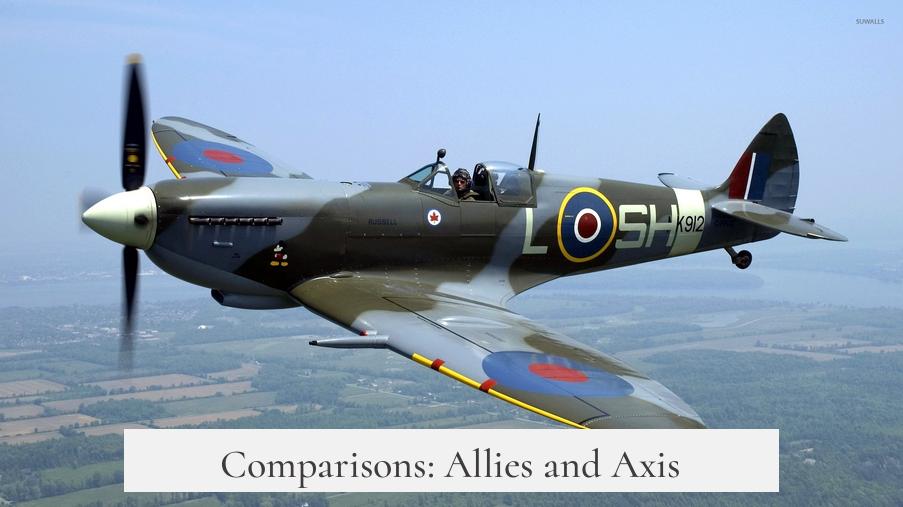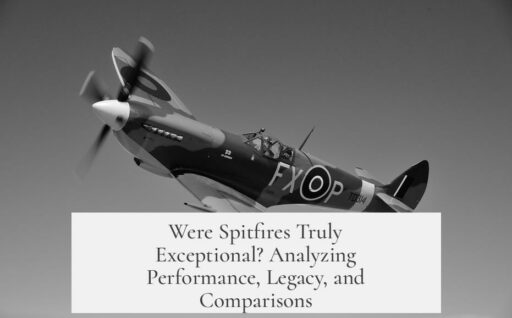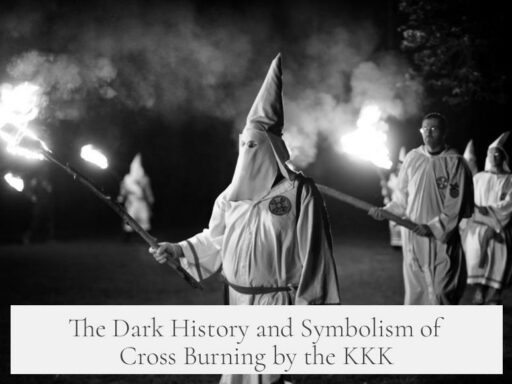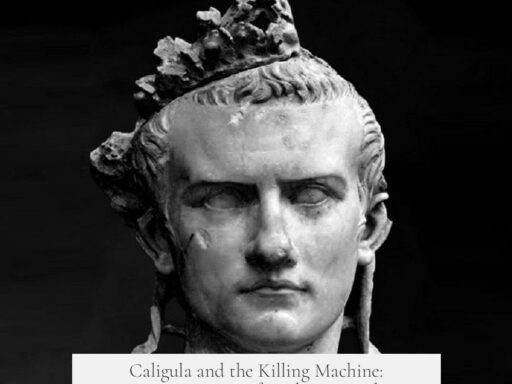The Supermarine Spitfire holds a revered place in World War II history due to its design, agility, and role with the Royal Air Force. However, its reputation as an unmatched legendary aircraft requires nuance. While the Spitfire was an exceptional fighter and adapted through 24 variants over the war, it shared many limitations and challenges that temper the myth of it being the ultimate warplane.
The Spitfire’s design allowed it to evolve continuously from 1939 to after the war. Its elliptical wings contributed to superior speed and maneuverability, maintaining advantages over most German fighters except during late 1941 to mid-1942, when the Focke-Wulf 190 outpaced it until the Spitfire Mk IX countered. It consistently turned better than its opponents, a key trait in dogfights. Despite this, the Spitfire’s eight machine guns initially delivered inadequate firepower against German armor, prompting rapid upgrades and the addition of cannons in under ten weeks.
In the Battle of Britain, the Spitfire played a critical but not exclusive role; the Hawker Hurricane actually downed more German aircraft. Hurricanes were easier and faster to build and keep operational, factors vital in sustained combat. The Spitfire’s manufacturing complexity, especially its wings, limited its numbers. Both aircraft complemented each other, balancing the RAF’s defensive strategy.
The Spitfire faced performance challenges such as engine fuel starvation during steep dives due to carburetor design. British pilots innovated tactics to counter these issues, and technical fixes soon followed. However, its short operational range constrained offensive missions. Unlike the later P-51 Mustang, the Spitfire was ill-suited for deep bomber escorts over Germany, limiting its strategic offensive capability.
Various theaters illustrate the Spitfire’s adaptable but situational effectiveness:
- In Africa, Malta, and Burma, it provided valuable air superiority given shorter engagement distances.
- Used for photographic reconnaissance, the Spitfire excelled in high-risk missions, including deep into German territory, contributing vital intelligence for D-Day.
- As fighter-bombers, Spitfires operated well but were overshadowed by sturdier aircraft like the Hawker Typhoon or P-47 Thunderbolt.
- Seafire, the naval variant, suffered from mechanical and operational issues, limiting its impact compared to other naval fighters.
Strategically, the Spitfire’s role as an interceptor was optimized by the RAF’s integrated radar and command systems, which provided early warning and efficient deployment. The British home advantage in the Battle of Britain gave them critical ground-based support, contrasting with German fighters operating from foreign bases. Maintenance and pilot training also dramatically influenced performance over machine specifications alone.
Comparatively, the Spitfire was not the pinnacle of all allied fighters nor universally superior. It was outperformed occasionally by German fighters like the Bf 109 until technical advancements closed the gap. Allied pilots in other theaters, including Russians, found the Spitfire less favorable than more rugged aircraft. Its cooling system vulnerability and limited endurance defined operational boundaries.
The cultural status of the Spitfire as a British national symbol elevates its legacy beyond pure military assessment. Seen as an icon of resistance and skill, it enjoys a mythic reputation amplified by its beauty and symbolic Battle of Britain role. While pivotal, the Spitfire was one piece among many—including radar, trained pilots, tactical innovation, and other aircraft—that secured Allied air superiority.
In essence, the Spitfire was an excellent but not flawless aircraft. It met and exceeded expectations in many roles while struggling in others. Its lasting significance combines combat effectiveness with symbolic power, not absolute technological supremacy.
| Aspect | Details |
|---|---|
| Design Strengths | Elliptical wings, superior turn radius, continuous upgrades |
| Combat Weaknesses | Short range, early gun power limits, carburetor fuel starvation problem |
| Operational Context | Excellent interceptor with radar support; limited offensive range |
| Manufacturing | Complex construction slowed production relative to Hurricane |
| Legacy | Symbolic icon, near-mythical status, but balanced practical role |
- The Spitfire excelled in maneuverability and evolved with 24 variants during WWII.
- It was crucial but complemented by easier-to-produce Hurricanes, which scored more kills in some battles.
- Manufacturing complexity limited quantity, affecting strategic reach.
- Tactical innovations and upgrades solved early performance problems.
- It served diversely: interceptor, reconnaissance, and fighter-bomber roles, though not equally suited to all.
- The Spitfire’s iconic status often overshadows its balanced but non-decisive practical role.
Were Spitfires Really Such an Amazing Plane?

The Spitfire was undeniably a remarkable aircraft of its time, evolving through 24 variants and serving the RAF throughout WWII and beyond, reflecting a design that was both adaptable and ahead of its era. But was it really the superstar of the skies that popular culture often makes it out to be? Let’s dive into the nitty-gritty and separate myth from fact.
The Spitfire’s reputation is dazzling, no doubt. Its sleek, elliptical wings not only gave it a distinctive look but also contributed to its agility and speed. This beauty certainly helped its image but, as with many legends, there’s more to the story than just looks.
For starters, did you know that during the iconic Battle of Britain, Hurricanes actually shot down more German aircraft than Spitfires? Yes, the Spitfire is often the face of that epic defense, but the Hurricane quietly played a massive role, being easier to produce and more numerous in action. So while the Spitfire was important, it wasn’t the lone hero.
Performance: A Step Ahead, Except When It Wasn’t
The Spitfire consistently rivaled top German fighters, usually outpacing and out-turning the Bf 109, except for one frustrating almost-year-long gap. Between August 1941 and July 1942, the Focke Wulf 190 held a performance edge before the Spitfire Mk IX caught up—a perfect example of how the technical battle in the skies was a constant race.
But the Spitfire wasn’t flawless. During the Battle of Britain, its engine had a quirky vulnerability. German pilots, flying fuel-injected Messerschmitt 109s, could escape by diving steeply. The Spitfire’s carburetor wasn’t fuel-injected and literally starved the engine under similar conditions. Ingenious British pilots developed a twisting dive tactic to counter it, meanwhile engineers cooked up a new carburetor design that solved this pesky problem.
When it came to firepower, the Spitfire started with 8 machine guns, which struggled to punch through armored German planes. British workshops quickly upgraded the armament, adding cannons within just nine weeks of realizing the need. This rapid adaptation helped keep the Spitfire competitive throughout the war.
Manufacturing: Beauty vs. Practicality
Here’s where things get sticky: the Spitfire was a tough plane to build. Its thin, elliptical wings were a marvel for flying, but a nightmare in production. Hurricanes, with bulkier designs, were easier and faster to build—allowing more to be produced at key moments like the Battle of Britain. So, while the Spitfire dazzled in the air, factories valued the Hurricane’s simpler construction.
Tactical Roles: Home Turf Hero and Beyond
As an interceptor, the Spitfire excelled. It was fast to scramble and could climb quickly to meet incoming raids, which proved invaluable to Britain’s air defense. Supported by the brilliant Dowding command and the Chain Home radar system, Spitfires were part of a well-oiled defense network that thwarted German air assaults.
The Spitfire’s success wasn’t confined to Britain. It operated effectively in tough theaters such as Malta, North Africa, and Burma. The aircraft’s role even extended to high-altitude photographic reconnaissance. Remarkably, PR Spitfires flew daring missions over Berlin, gathering intelligence that helped shape the D-Day invasion.
That said, the plane’s short range limited it. It simply couldn’t escort bombers deep into Germany like the later P-51 Mustang could. Offensive operations were challenging; the first squadron sent against Japanese fighters over Darwin lost many planes due to fuel shortages. The Royal Navy’s Seafire derivative wasn’t much better, plagued with reliability issues and a vulnerable cooling system that made it less effective than rugged competitors like the P-47 Thunderbolt.
Comparisons: Allies and Axis

Stacking the Spitfire against its peers offers more clarity. Hurricanes, as mentioned, were numerous and sturdy defenders for the Battle of Britain but faltered above 15,000 feet. The Bf 109 initially had an edge until British Merlin and Griffon engines powered Spitfire variants caught up.
Compared to other Allied fighters, the Spitfire was nimble but fragile. The P-51 Mustang could give it a run for its money with longer range and more durability. And in Soviet hands, the Spitfire didn’t win many fans, much like the P-47. However, the Spitfire proved adaptable—filling niche roles like fast reconnaissance and countering the terrifying V1 flying bombs in the later war years.
The Myth of the Spitfire: A Rose-Tinted Legacy
Ask any Brit and they’ll swear the Spitfire was the war’s ultimate savior. It’s ingrained in national identity, partly thanks to its striking look and partly due to its association with the heroic Battle of Britain. But the truth? It wasn’t the perfect plane or the sole reason the Allies won.
Like any weapon system, the Spitfire’s strengths varied with circumstance. It flourished in some roles, stumbled in others, and was but one piece of a complex air strategy puzzle. Author Ben Goldacre sums it well in I Think You’ll Find It’s a Bit More Complicated Than That—a reminder that warfare defies simple narratives.
“Everything about the Spitfire was surrounded by myth, akin to King Arthur pulling Excalibur from stone,”
That said, the Spitfire’s role as a morale booster cannot be understated. Its image powered British resolve during grim times.
Fun Trivia and Noteworthy Tidbits
- The highest altitude dogfight of WWII featured Spitfire IXs battling a Ju 86R at an eye-popping 43,500 feet.
- Several USAAF squadrons flew Spitfires, showing cross-Atlantic respect for the aircraft’s capabilities.
- For a deeper dive, check out Norman Franks’ Spitfires Over The Arakan and David Isby’s The Decisive Duel.
So, Were Spitfires Really Such an Amazing Plane?
In short, yes—but with nuance. The Spitfire was a finely tuned machine that adapted with the war’s demands, from dogfights over England to covert reconnaissance deep inside enemy territory. Its elegant design, excellent maneuverability, and evolving firepower gave it an edge for much of the conflict.
However, this plane also had serious limitations—production difficulty, short range, and specific combat vulnerabilities. It wasn’t alone in winning the air war, nor was it invincible. Its legendary status sprung equally from performance and powerful storytelling, creating a symbol that resonates even today.
Do you think any modern aircraft can combine beauty, adaptability, and combat effectiveness as well as the Spitfire? Or has technology moved beyond the charm of classic design? Either way, the Spitfire’s story remains a gripping chapter in aviation history—proof that sometimes, the legend is almost as important as the fact.




